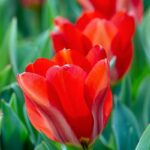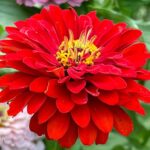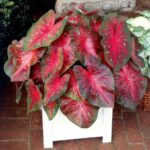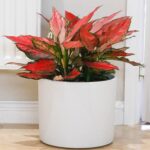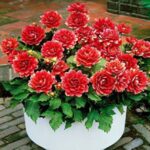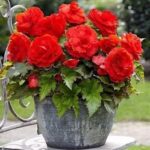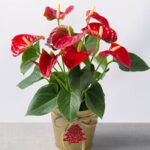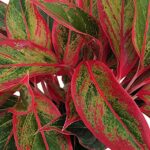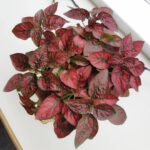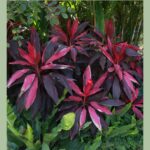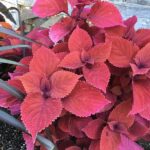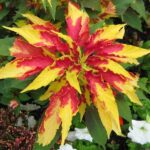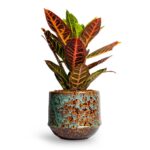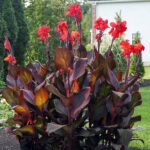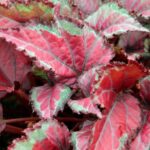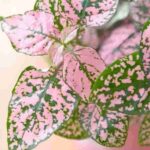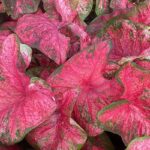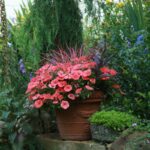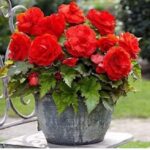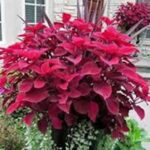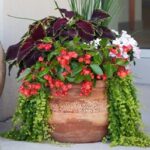Red leaf flowers, also known as red-leaved plants, are a striking and vibrant addition to any garden or indoor space. These plants are characterized by their bold, red-hued foliage, which can vary in intensity from deep maroons to bright, fiery reds. The contrast between their colorful leaves and more traditional green foliage makes them a popular choice for gardeners and plant enthusiasts looking to add a pop of color to their surroundings.
Types of Red Leaf Flowers
Several plant species are renowned for their red leaves. Among the most popular are:
- Coleus: Known for its vibrant and varied leaf colors, coleus offers a range of red shades, often mixed with greens, yellows, or purples.
- Heuchera: Commonly called coral bells, heuchera plants are favored for their red to burgundy leaves, which can be either solid or variegated.
- Japanese Maple (Acer palmatum): Certain varieties of this small tree, like the ‘Bloodgood,’ are famous for their deep red leaves that maintain their color throughout the growing season.
- Poinsettia: Often associated with the holiday season, the poinsettia is famous for its bright red bracts, which are often mistaken for flowers.
Cultivation and Care
Red leaf plants generally require similar care to their green-leaved counterparts, but some species may need more sunlight to maintain their vivid color. Most prefer well-drained soil and moderate watering. Overwatering can cause the leaves to lose their color or become less vibrant. Additionally, to keep the foliage bright, providing indirect light and occasionally feeding with a balanced fertilizer is recommended.
Symbolism and Use
In various cultures, red leaves are symbols of passion, love, and energy. They can be used to create a focal point in a garden or as a dramatic accent in floral arrangements. Red leaf flowers are also popular in landscape design, where they can add depth and contrast to green spaces.
In conclusion, red leaf flowers are not just plants with colorful foliage; they are dynamic elements that can transform the aesthetic of any garden or home. Whether used as a centerpiece or a complementary plant, their striking appearance and symbolism make them a cherished choice for plant lovers worldwide.
 Flower Love
Flower Love

